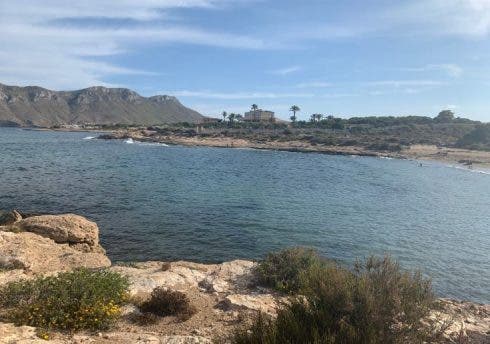THE great diversity of ecosystems and wild species native to Spain make it the most biodiverse in Europe, but also put it on the frontline over the pressing issue of nature conservation.
Spain has the highest number of endangered plants in Europe, and a quarter of its vertebrates are included in the ‘endangered’, ‘vulnerable’ or ‘rare’ categories, according to the International Union for Conservation of Nature (IUCN).
While Spain has 1,600 protected areas, representing 12% of the country’s land (around 14 million hectares), it only has a few dozen virgin beaches left, very few in the south.
Continual pressure to develop rare undeveloped zones, such as the Cabo de Gata in Almería or the Cope area of Murcia, gets ever more acute, with a necessity for more jobs and commerce.
With Tarifa’s famous virgin beaches facing SIX new developments, the Olive Press has relaunched its Hands Off Our Costas campaign.
Working alongside Spain’s largest environmental group, Ecologistas en Accion, we aim to highlight the politicians and developers, who have historically shown little regard for the rich heritage of Spain’s fragile coastline.
“While a lot of effort is being employed to protect what is left of the environment, the development of economic activities is consuming and degrading natural resources at a dizzying rate,” a spokesman told the Olive Press this week.
Here, the Olive Press identifies five other coastal zones at risk of mass development.
Cope Marina, Murcia
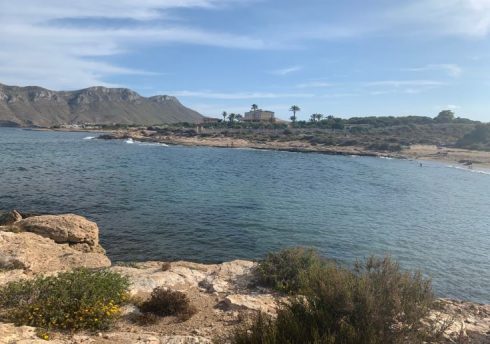
This fragile stretch of coast was worryingly not included in recent proposals to list it as a ‘site of community interest’ despite it bordering land that is.
The area encompasses a wide array of animal habitats and unique flora and fauna which is internationally recognised.
In particular the strip is home to the Greek tortoise, which is an endangered and protected species with more than half of the population of Europe found in Murcia.
It is also one of the last undeveloped areas of Murcia, a rare exception to the overexploited costas nearby, with the Mar Menor already in critical danger of collapse.
This stretch of the Med has great ecological, landscape and geomorphological value and has been put in danger before.
In 1974 there was considerable opposition to a nuclear power plant, and protests took on the Ministry of Industry, achieving their objective a decade later when the project was withdrawn.
But locals remain fearful that new development plans could be announced at any time, with constant rumours being regularly bandied around.
Cabo de Gata, Almeria
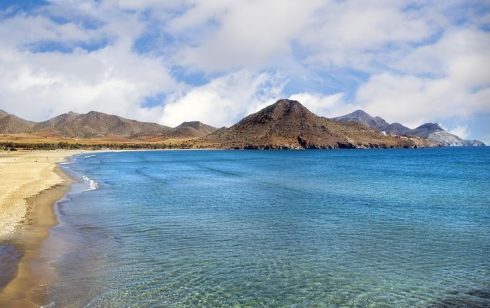
Agua Amarga is a pretty fishing village in Cabo de Gata-Nijar natural park. With a population of just 400 it is still largely undiscovered by large-scale tourism and remains one of Andalucia’s hidden seaside treasures.
While its name translates as ‘bitter water’, the beach is largely sheltered with smooth, calm waters perfect for swimming and great for family visits.
Fortunately, Agua Amarga was spared from intensive coastal development during the early 2000s which saw vast swathes of neighbouring coastline built on.
There were many plans mooted and lots of projects fortunately turned down, much of them thanks to the exposure by local protest groups and media.
But whether that will continue to be the case remains to be seen.
Just up the coast at San Jose, also in Cabo de Gata, the Junta authorised the transformation of an old farmhouse into a 30 room hotel in front of the totally virgin beach, Los Genoveses, earlier this year.
It came despite a petition signed by 250,000 people and six protest groups.
They say the Las Chiqueras project is a trojan horse for much more development. Developers will now have five years to develop the handful of old buildings built for agriculture, as well as add some more, plus swimming pools. Ecologists insist other nearby ruins will be next in line for development causing devastation to the beach and the area’s distinct fauna and flora.
Cabopino and Artola Dunes, Costa del Sol, Malaga
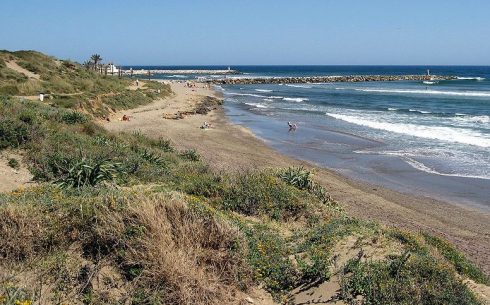
Gusty northwesterly winds and coastal currents brought a continuous flow of sand with them to form a bank of dunes reaching some 20 kilometres in length along this delicate enclave between Mijas and Marbella.
The dunes are home to unique vegetation, adapted to withstand the strong sunlight, scarcity of water and continuous buffeting of the wind.
Los Ladrones Tower is also an ancient military structure with the cultural property designation dating back to the Roman period and subsequently reconstructed by Moors and Christians.
Cala Mosca, Orihuela Costa
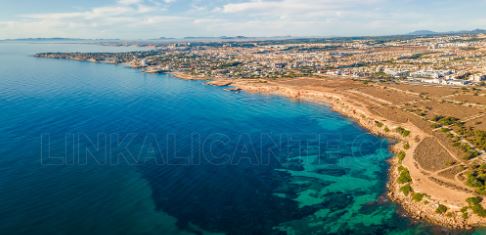
The last virgin beach in Orihuela is under threat from the construction of 1,500 new homes for tourism and second residences.
The town hall approved the development in September 2021, which ecologists insist will wipe out protected plant species.
Worse, Estefanía Blanes, councilor of Izquierda Unida, claims that some of the politicians who have opposed the plans have received threatening messages from developers.
The cliffs of Maro, Malaga

Nerja town hall approved the construction of 1,000 houses, a golf course and a massive hotel next to the cliffs of Maro, a well known protected area in 2021.
It will stretch from the Barranco de Burriana to the Miel river.
Thousands of locals were joined by green groups to protest the decision, despite the complications of the pandemic.
They insist it will do untold damage to one of the most beautiful and last undeveloped enclaves of the east Costa del Sol.
The developer Larios, which owns much of the land, insists it will be making a particular effort to protect the area, which has become unkempt and scruffy over recent decades.
READ MORE:

